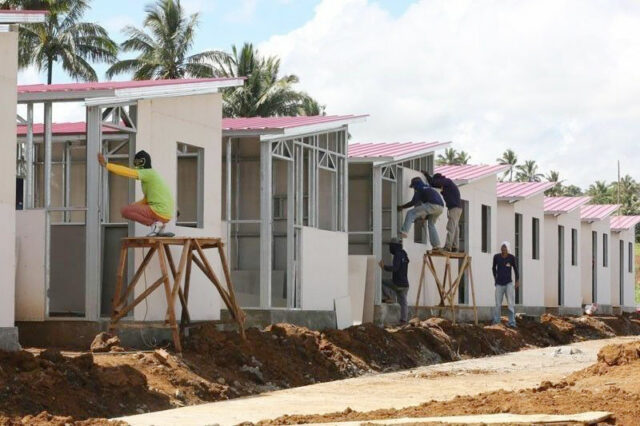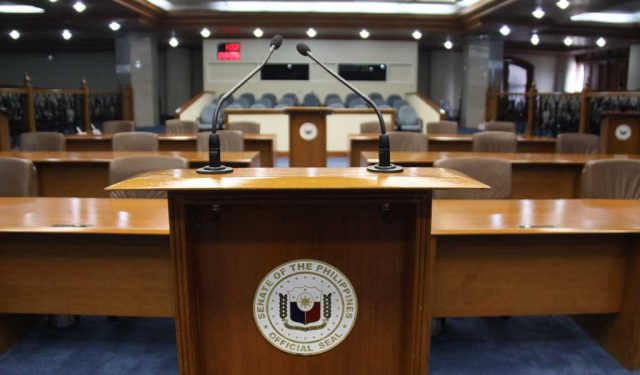In an effort to make doing business easier, the government introduced significant changes to the Value-Added Tax (VAT) provisions through Republic Act (RA) No. 11976, known as the Ease of Paying Taxes (EoPT) Act. In today’s article, I would like to focus on the revisions to the VAT refund process and the VAT credit for uncollected receivables, examining their implications for businesses.
RISK-BASED VAT REFUND PROCESS
The EoPT Act introduces a risk-based approach to the verification and processing of VAT refund claims. These changes are poised to have a substantial impact on the way businesses manage their VAT refund claims, and promote a more streamlined and taxpayer-friendly approach.
Under the EoPT Act, VAT refund claims are categorized into low, medium, and high risk. This new framework aims to streamline the verification process, with medium- and high-risk claims subjected to more rigorous audits. Furthermore, the Commissioner now has the authority to issue refunds without requiring a countersignature from the Commission on Audit (CoA). However, these refunds will be subject to post-audit by CoA. Any amounts disallowed by the CoA will be the taxpayer’s responsibility, and BIR employees may face administrative liability for gross negligence in the refund process.
Revenue Regulations (RR) No. 5-2024 elaborates on the risk-based framework introduced by the EoPT Act. Complementing this, the BIR issued Revenue Memorandum Order (RMO) No. 23-2024, which provides comprehensive guidelines, policies, and procedures for verifying VAT refund claims.
RR No. 5-2024 defines the three risk levels. Low-risk claims are where all required documentation is complete, and will be processed without the need for further verification of sales or purchases, minimizing the administrative burden for these claims. Medium-risk claims require verification of at least 50% of both sales transactions and purchases, including supporting documents such as invoices and proof of VAT zero-rating. High-risk claims are subject to a comprehensive verification of 100% of sales and purchases, reflecting the higher risk associated with these claims and ensuring thorough examination.
The risk classification process considers factors such as the size of the claim, frequency of filing, and tax compliance history. Specific conditions are imposed to maintain the integrity of the verification process. Claims from first-time applicants are automatically deemed high risk and continue to be classified as such for their subsequent three claims. If a claim is fully denied, the following claim will also be categorized as high risk. Medium-risk claims can be escalated to high-risk status if a Revenue Officer has a 30% disallowance rate on the VAT refund claim. Claims that have been classified as low risk for three consecutive filings will undergo full verification on the fourth filing, regardless of the current risk classification. Claims related to VAT credits or refunds from canceled registrations or status changes are also classified as high risk. Risk classifications are reviewed for each filing, and the Commissioner of Internal Revenue may impose additional limitations through further issuances.
The verification and processing of VAT refund claims are distinct from regular audits of internal revenue taxes. Findings that do not affect the refund amount may be forwarded for further review or incorporated into existing audits based on whether the processing and auditing offices are the same. All required documentation must be submitted by taxpayers, regardless of the risk level, and will be subject to post-audit by CoA. The BIR may also utilize data from the Electronic Invoicing/Receipting and Sales Transmission System (EIS) to aid in the verification process.
Verification procedures for low- and medium-risk claims focus on the completeness and authenticity of documentation, while high-risk claims undergo thorough verification. This structured approach allows for necessary adjustments based on findings, to help ensure well-documented and justified risk assessments.
Ultimately, however, the success of a VAT refund claim hinges on the documentation of the input VAT credits. Since the same documents are required for all VAT refunds, regardless of the risk level classification, it seems prudent for taxpayers to prepare their refund claims assuming a high-risk review, ensuring complete compliance, to increase the likelihood of a favorable outcome in their VAT refund claims.
VAT CREDITS FOR UNCOLLECTED RECEIVABLES
The EoPT Act also introduced the use of output VAT credits for uncollected receivables in the subsequent quarter after they become overdue. This measure benefits taxpayers who have reported receivables for VAT purposes in a prior quarter but have yet to collect them. For example, if output VAT is paid on a sale made in Q2 2024, but the receivable on the sale remains uncollected by Q3 2024, the seller may deduct the VAT previously paid from the Q3 2024 output VAT due.
Under Revenue Memorandum Circular (RMC) No. 65-2024, the following conditions must be met to qualify for the VAT credit:
1. The sale or exchange occurred after April 27, 2024.
2. The sale was on credit or account.
3. There must be a written agreement specifying the payment period, such as a credit term indicated in the invoice or another document. Loan Agreements are considered sufficient if they state the credit terms.
4. The VAT should be separately itemized on the invoice.
5. The sale must be specifically reported by the seller in the Summary List of Sales for the period when the sale occurred, and not included under “various” sales.
6. The seller must have declared the corresponding output VAT in the quarterly VAT return (BIR Form No. 2550Q) within the prescribed period.
7. The agreed payment period between the seller and the buyer, whether extended or not, must have lapsed.
8. The VAT component of the uncollected receivable must not have been claimed as a deduction from gross income (i.e., bad debt) under Section 34(E) of the Tax Code.
If the uncollected receivables are later recovered, the related output VAT must be included in the taxpayer’s output VAT for the recovery period. Failure to declare this will result in penalties.
Therefore, it is crucial to track uncollected receivables to determine if VAT can be carried over or if VAT should be paid for amounts previously used as credit upon recovery. Under RMC No. 65-2024, claiming output VAT credit is optional; sellers may choose not to claim it if the receivables are likely to be collected.
These amendments are a significant shift in the VAT recovery process. While these changes aim to streamline compliance and enhance efficiency, taxpayers are likely to face difficulties navigating the new requirements, especially the application of output VAT credits on uncollected receivables. The handling of receivables that are eventually collected but were previously deducted could also pose issues, as the VAT deducted would eventually need to be remitted again upon collection. The subsequent monitoring of VAT credits creates a particularly onerous challenge to taxpayers.
The authorities could consider addressing the administrative burden associated with the uncollected receivables. Perhaps establishing clear guidelines and thresholds for when receivables are considered “uncollectible” can also reduce ambiguity. Simplifying this aspect would align with the EoPT Act’s objective of easing compliance and reducing administrative burdens for businesses.
In summary, the changes brought by the EoPT Act constitute a significant advancement in regulatory reform. However, their implementation is not without difficulties. Certain provisions may require additional refinement to effectively achieve its objectives. Addressing these birth pains is essential for the Act’s successful execution.
The views or opinions expressed in this article are solely those of the author and do not necessarily represent those of Isla Lipana & Co. The content is for general information purposes only, and should not be used as a substitute for specific advice.
Aubrey Gayle T. Diaz is an assistant manager at the Tax department of Isla Lipana & Co., a Philippine member firm of the PwC network.
aubrey.gayle.diaz@pwc.com






![PHL-flag-peso-currency-1[BW FILE PHOTO]](https://www.bworldonline.com/wp-content/uploads/2024/04/PHL-flag-peso-currency-1BW-FILE-PHOTO-640x427.jpeg)





